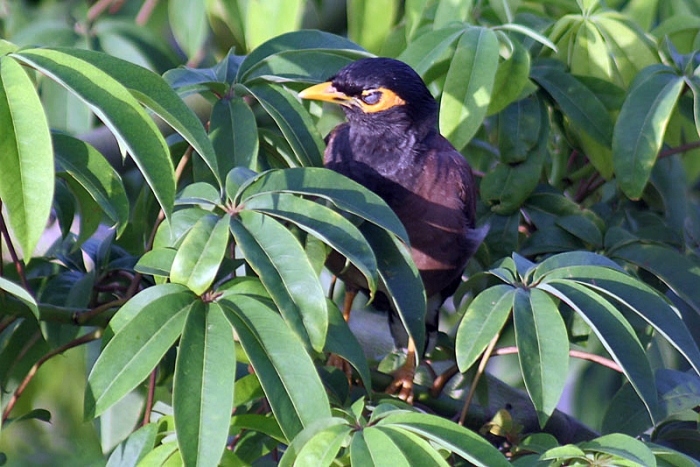Kapok Tree
(Ceiba pentandra)
Kapok Tree (Ceiba pentandra)
/
/

J.M.Garg
CC BY-SA 3.0












































































Estimated Native Range
Summary
The Kapok tree is valued for its majestic stature and is often used as a feature tree in large landscapes. It is also planted for its historical use in providing kapok, a fiber used for insulation and buoyancy in life jackets and mattresses. The tree requires full sun and can tolerate a range of water conditions, from low to medium, but prefers well-drained soils. While it is not commonly grown in small gardens due to its immense size, it can be an impressive addition to botanical gardens and large parks.CC BY-SA 4.0
Plant Description
- Plant Type: Trees
- Height: 75-125 feet
- Width: 75-150 feet
- Growth Rate: Rapid
- Flower Color: White
- Flowering Season: Spring
- Leaf Retention: Deciduous
Growth Requirements
- Sun: Full Sun
- Water: Low, Medium
- Drainage: Fast, Medium
Common Uses
Butterfly Garden, Drought Tolerant, Edible*Disclaimer: Easyscape's listed plant edibility is for informational use. Always verify the safety and proper identification of any plant before consumption., Fragrant, Showy Flowers
Natural Habitat
Native to tropical rainforests, seasonally dry forests, and savannahs in Central and South America, as well as West Africa
Other Names
Common Names: Java Cotton , Java Kapok , Silk-Cotton , Samauma , Silk Cotton Tree , White Silk-Cotton Tree , White Silk Cottontree , Kapok , Silk Cottontree , Weißer Kapokbaum
Scientific Names: Ceiba pentandra , Eriodendron anfractuosum , Bombax pentandrum , Bombax cumanense , Ceiba anfractuosa , Ceiba pentandra var. caribaea , Ceiba pentandra var. indica , Eriodendron anfractuosum var. caribaeum , Eriodendron orientale , Ceiba casearia
GBIF Accepted Name: Ceiba pentandra (L.) Gaertn.